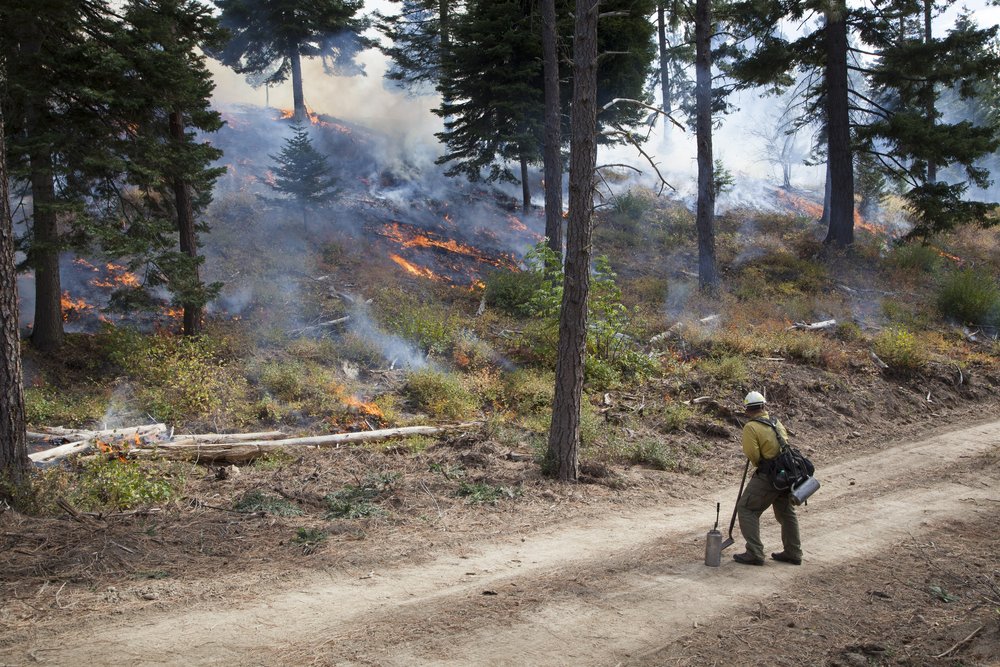By Emily Heber, TNC media relations manager
Year after year, wildfires are occurring with greater frequency and intensity across Washington state, presenting a significant problem for the health and wellbeing of people, wildlife and forests. Fire is not new to native landscapes and is in fact essential, but as climate change progresses, hotter and drier conditions exacerbate the issues of overgrown forests, creating kindling for lightning strikes or stray embers.
As this summer’s hazing smokey skies demonstrate, the resulting high-intensity wildfires directly threaten people and communities. Communities that are mostly black, Hispanic or Native American bear the brunt of this impact, experiencing 50 percent greater vulnerability to wildfires compared with other communities. And beyond the immediate vicinity of wildfires, smoke presents a public health concern as it lingers and impairs air quality across great distances.

No responses yet